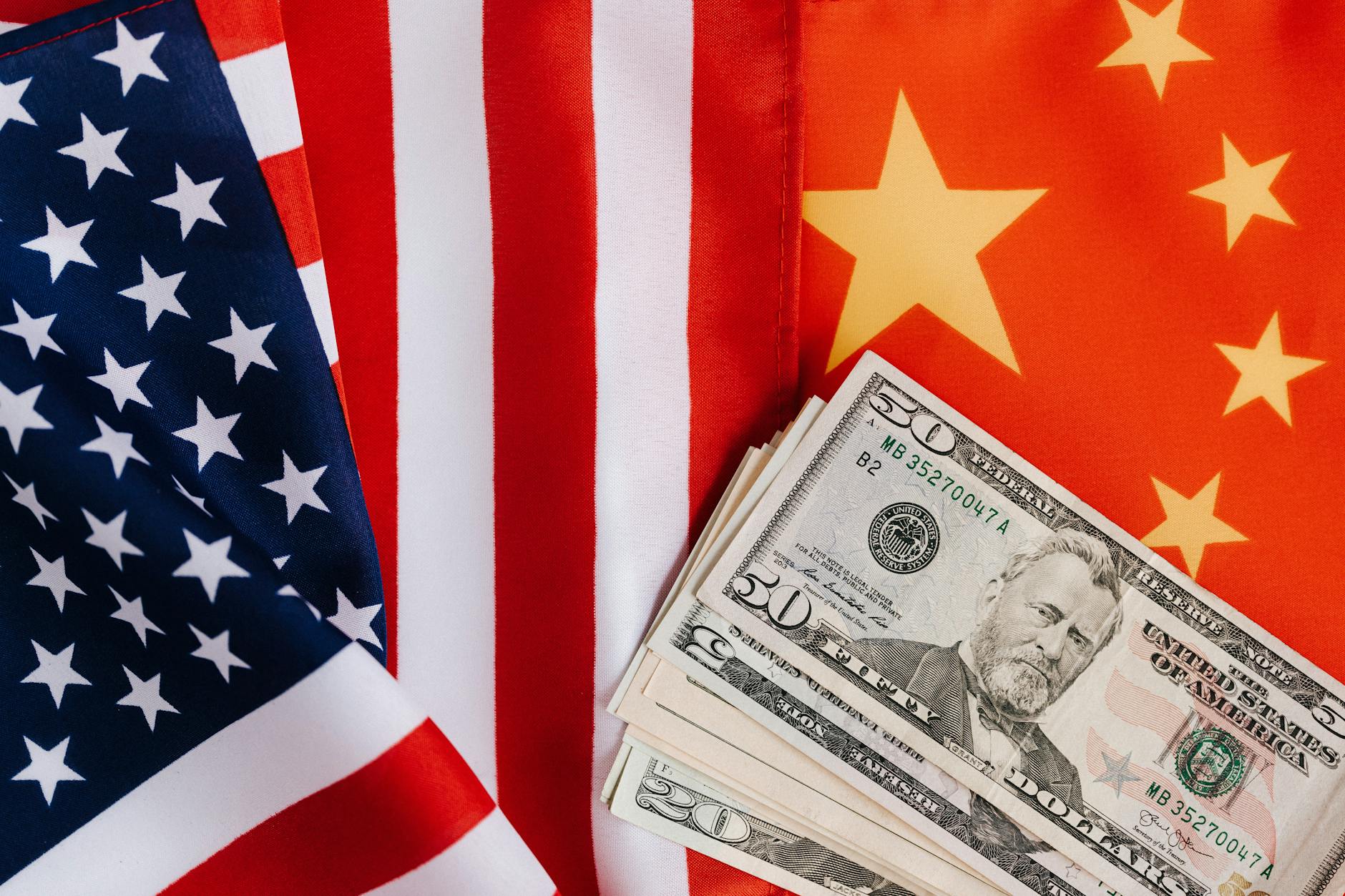US Stock Markets Reach New Highs
Major US equity indices soared to record levels, signaling robust investor confidence and continued optimism in the American economy. The rally was primarily driven by strong corporate earnings, particularly in the technology and artificial intelligence sectors. As tech giants reported better-than-expected results, the broader market followed suit, pushing indices to new heights. This momentum was further bolstered by the Federal Reserve’s decision to hold interest rates steady, reassuring investors that monetary policy would remain supportive in the near term.
Technology and AI Fuel Market Gains
Technology and artificial intelligence companies were at the forefront of July’s market surge. Innovations in AI, combined with strategic investments and partnerships, led to substantial gains for leading firms. The sector’s outperformance not only lifted the broader market but also underscored the growing influence of advanced technologies on global finance. AI’s integration into various industries, from healthcare to logistics, continues to attract significant capital and reshape market dynamics.
Trade Tensions Intensify: US Tariffs on Canada
Trade policy took center stage as the US administration announced a significant escalation in tariffs on Canadian imports, raising rates from 25% to 35%. This move came amid stalled negotiations for a new trade agreement and was linked to broader geopolitical considerations, including Canada’s stance on international issues. The tariff hike is expected to have wide-ranging implications for North American supply chains, commodity prices, and cross-border business operations. While some trading partners moved closer to aligning with US demands, others, including Canada, faced increased trade barriers as a result of the new policy direction.
Federal Reserve Holds Rates Steady
The Federal Reserve maintained its key interest rates, citing a balanced outlook on inflation and economic growth. This decision contributed to market stability, as investors interpreted the move as a signal that the central bank would avoid aggressive tightening in the face of global uncertainties. The steady rate environment supported risk-taking and encouraged continued investment in equities and other growth-oriented assets.
Global Financial Regulation: European Central Bank Initiatives
Regulatory developments in Europe were also in focus. The European Central Bank (ECB) published updated guides on banking supervision and internal models, reflecting its commitment to strengthening the financial system. Notably, the ECB modified its collateral framework to better manage climate-related financial risks, aligning regulatory policy with broader sustainability goals. These changes are expected to influence banking practices and risk management strategies across the eurozone.
Geopolitical Flashpoints and Market Volatility
Geopolitical tensions remained a persistent source of market volatility. Ongoing conflicts and diplomatic standoffs, particularly in the Middle East, added to investor caution. The humanitarian crisis in Gaza and shifting international alliances contributed to an unpredictable global landscape, with potential spillover effects on energy markets and international trade.
Global Trade and Commodities Show Resilience
Despite heightened trade tensions and geopolitical risks, global trade and commodity markets demonstrated resilience. Key commodities stabilized after earlier volatility, supported by steady demand and adaptive supply chains. While some sectors faced headwinds from new tariffs and regulatory changes, others benefited from robust international demand and improved trade conditions in select regions.
Looking Ahead
As the summer draws to a close, financial markets are expected to remain sensitive to policy shifts, regulatory updates, and geopolitical developments. Investors and businesses are advised to monitor these evolving dynamics closely, as they will shape the trajectory of the global economy in the coming months.

